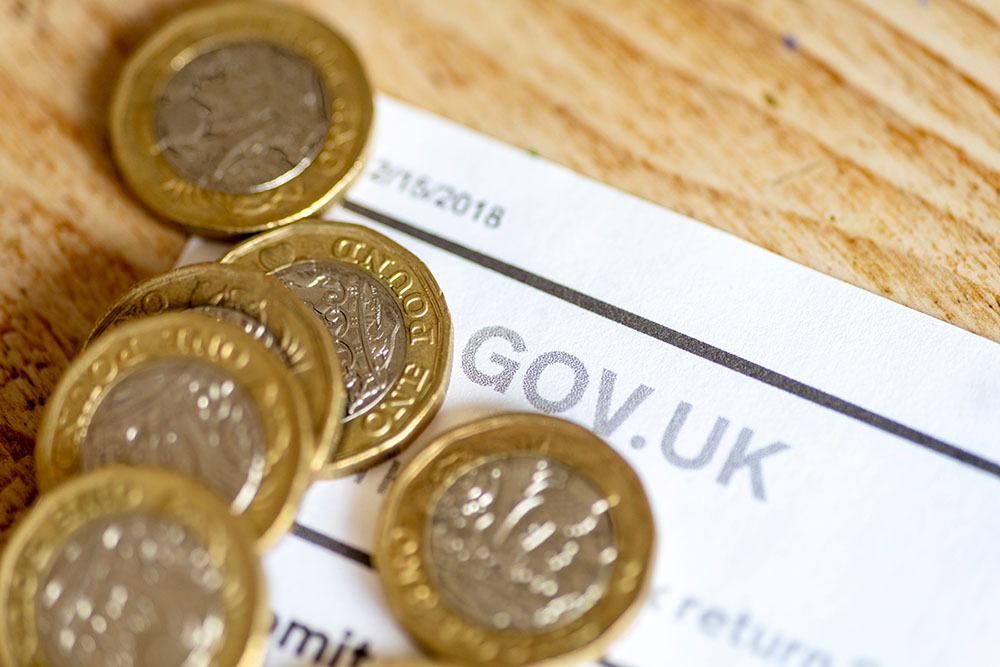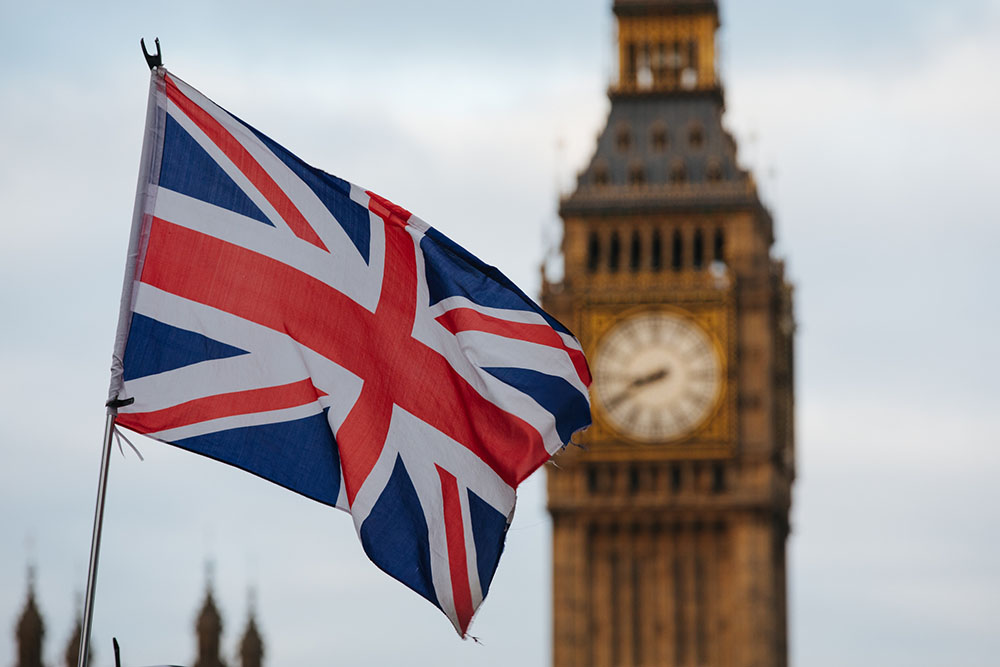
The lead-up to the end of the tax year is a peak time in financial planning. Steps taken between now and 5th April can help to reduce your tax bill, resulting in more money in your pocket.
This guide looks at the main actions you can take now to make the most of your allowances and save on tax.
Income Tax
There are a few options for saving on income tax and making the most of your tax-free allowances:
- Make sure you are using all of your Personal Allowance. This amounts to £12,570 per person for 2024/2025. If your earned income is lower than this and you need to top it up, it could be a good time to take additional income from your pension, encash an investment bond, or take dividends from your business rather than dip into cash.
- Claim Marriage Allowance. This allows you to transfer £1,260 of your own Personal Allowance to a spouse or civil partner. This can save up to £252 per year in tax where one partner does not use all their Personal Allowance. Marriage allowance is only available where the higher-earning spouse is a basic-rate taxpayer.
- If you are self-employed, make sure your accounts are in order and that any costs that can be set against your earnings are claimed in the correct tax year.
- Make gifts to charity. Gift Aid means that the charity can claim tax relief, meaning that your donation of £80 is grossed up to £100. Higher and additional rate taxpayers can claim additional relief via Self-Assessment. If you already make regular charitable donations, Gift Aid can either save you money or increase the value of your gifts.
Pensions
Pensions are one of the most tax-efficient investments you can make, although there are a few rules to be aware of. Here are some suggestions for making the best use of your pension allowances before the end of the tax year:
- Avoid exceeding the annual allowance. This is currently £60,000 per year (or 100% of your earnings – whichever is lower) and takes into account both personal and employer contributions.
- However, if you have not used up your full annual allowance in the three previous tax years, you can carry some of this forward to boost your contribution before 5th April. Earnings still limit personal contributions, so you can only make a £180,000 contribution if you earn above that amount. Including employer contributions (which are not limited by earnings) can be a useful way of maximising your pension.
- You can reduce your taxable earnings by making pension contributions. This is useful for higher and additional rate taxpayers. However, the greatest benefit applies to anyone earning between £100,000 and £125,000. At this level, you start to lose your tax-free personal allowance, resulting in an effective tax rate of 60%. Making pension contributions can help to restore the allowance and result in significant tax savings.
- If your adjusted income is over £260,000, you could be affected by the tapered annual allowance. This can reduce your annual allowance from a maximum level of £60,000 to a minimum of just £10,000. As earnings can fluctuate over the year, the end of the tax year could be an ideal time to review your contribution level and top up if you have any allowance remaining.
ISAs
You can contribute up to £20,000 per year to an ISA. This can be held in cash, stocks and shares, or a mix of both.
Investment growth and withdrawals are tax-free. If you take money out of an ISA, you can replace it in the same tax year without using up any of your allowance.
ISAs can be transferred between spouses on death using the Additional Permitted Subscription rules.
However, if you do not make use of your ISA allowance, it cannot be rolled forward to the next year. You could lose out on many years’ worth of tax-free growth.
If you haven’t used your ISA allowance, it is worth making a contribution before 5th April.
Capital Gains Tax (CGT) Exemptions
Investors have an annual exemption of £3,000 to set against capital gains. This means that if you sell investments, such as shares or property, and make a profit, you will pay tax on any gains above the exemption level.
There are some ways to make efficient use of your CGT exemption:
- Use your exemption every year, for example, by rebalancing your portfolio or moving funds into your ISA. This avoids large gains rolling up and becoming taxable in the future.
- Consider transferring assets between spouses to maximise exemptions. Transfers to your spouse are ignored for CGT purposes, but if you both later sell the investments, you will have two exemptions to offset the gains instead of one.
- Sell investments which have made a loss. You can then set the loss against future gains to reduce tax. The loss can be carried forward indefinitely, until it has been fully absorbed by gains.
Inheritance Tax (IHT) Planning
You can gift up to £3,000 each tax year, which is immediately exempt from your estate. While this alone will not significantly reduce your IHT bill, it can have a major impact over time, especially if combined with other IHT planning strategies.
If you don’t use your exemption in full, it can be carried forward by up to one tax year. This means that a couple who had not made any previous gifts could give away up to £12,000 before 5th April for an immediate reduction in their estate value.
Larger gifts may qualify for other exemptions, for example, if they are made regularly from surplus income.
Gifts which are not covered by the exemptions will drop out of your estate after seven complete years. The sooner you make the gift, the earlier the clock starts ticking.
You don’t need to wait until the end of the tax year to get your finances in order. Planning throughout the year can increase the tax benefits and avoid a last-minute rush.
So this 6th April, why not think about how you can use the next tax year to bring you closer to your goals?
Please don’t hesitate to contact a member of the team to find out more about tax-efficient financial planning.











Recent Comments